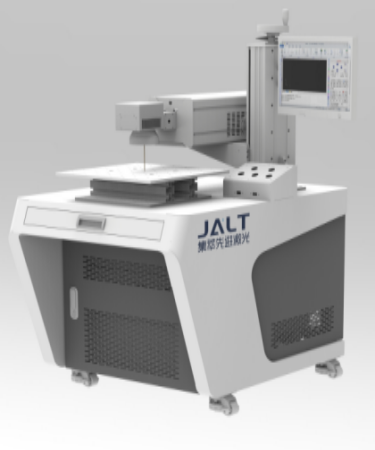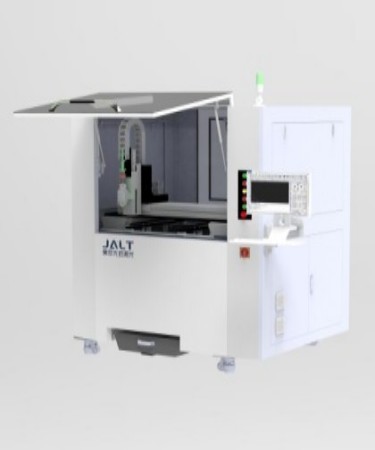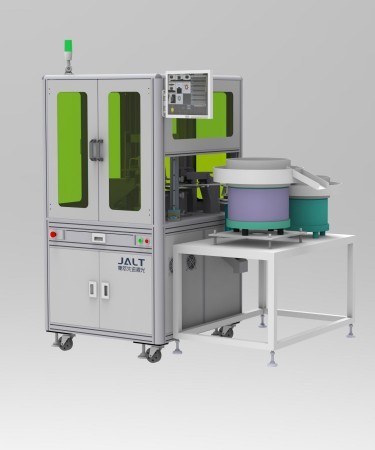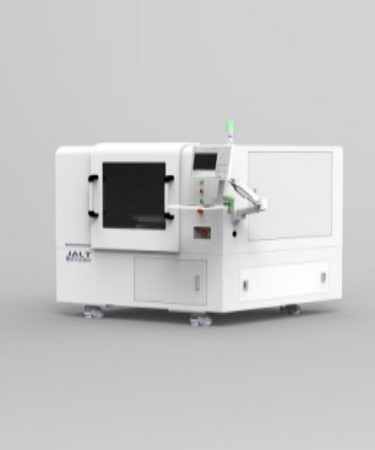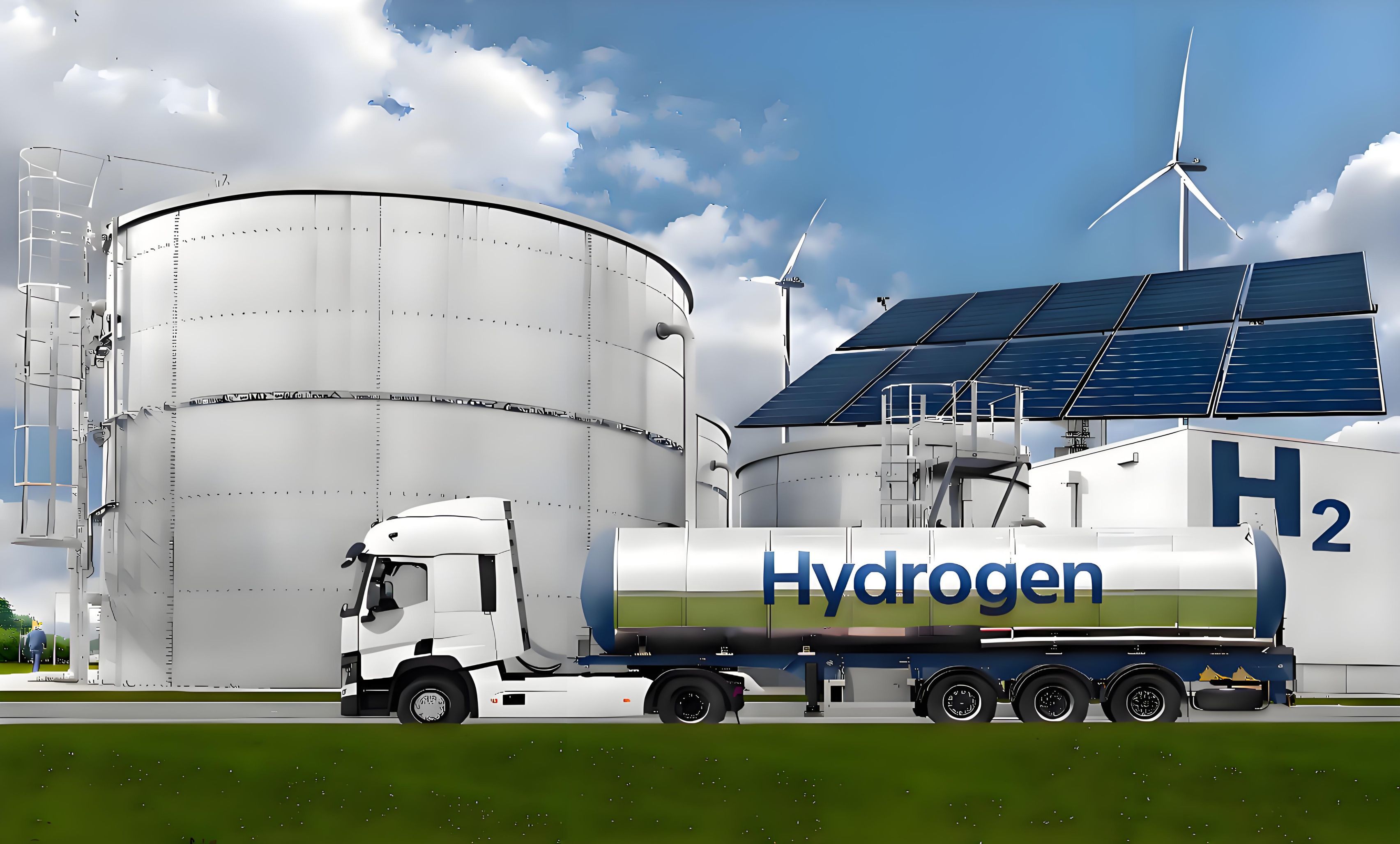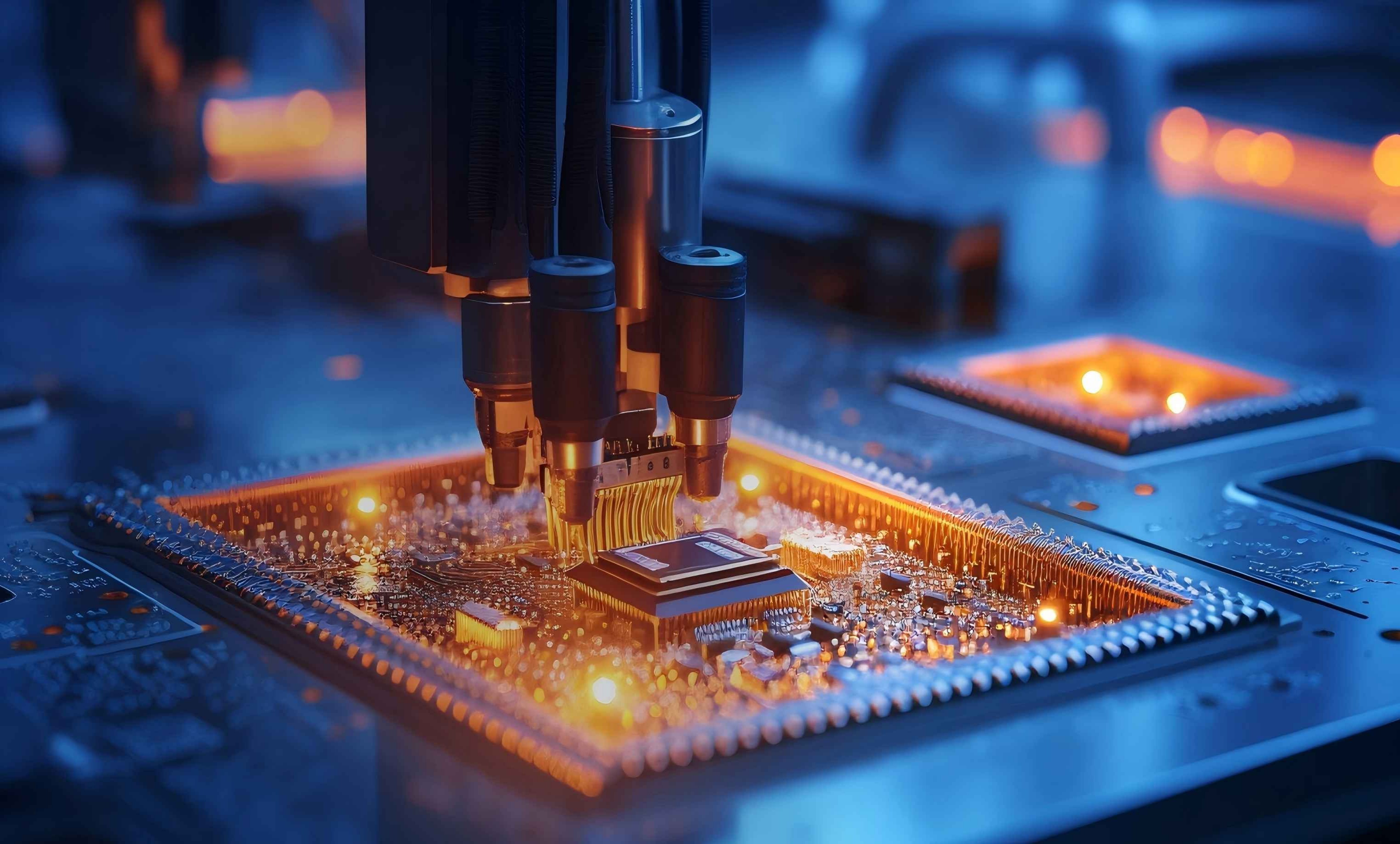
News
Analysis of the Current Status and Development Prospects of the Optoelectronic Device Market in China in 2024
According to Zhongshang Information Network: With the continuous advancement of technology and the growing market demand, China's optoelectronic device industry has shown tremendous development potential. The growth of the optical chip and connector market, along with advancements in laser technology, is driving technological innovation and industrial upgrading across the entire industry. In this context, companies with technological advantages and the ability to integrate the industrial chain are more likely to occupy a favorable position in the fierce market competition.
Market Status
1. Output
In recent years, the output of optoelectronic devices in China has fluctuated significantly. The report titled "Analysis of the Development Situation and Investment Prospects of China's Optoelectronic Device Industry from 2024 to 2029" released by Zhongshang Industrial Research Institute shows that in 2023, China's output of optoelectronic components reached 1,438.05 billion units, a year-on-year increase of 33.11%. Analysts from Zhongshang Industrial Research Institute predict that in 2024, China's output of optoelectronic devices will grow to 1,492 billion units.
2. Market Structure
Optoelectronic devices can be divided into active optical devices and passive optical devices based on whether they require external energy to operate. Currently, active optical devices account for 83% of the total, mainly used for photoelectric conversion or optical signal processing, including lasers, photodetectors, optical amplifiers, optical switches, optical modulators, and optical display devices; passive optical devices account for a smaller proportion of about 17%, including fiber optic connectors, couplers, wavelength division multiplexers, optical isolators, optical attenuators, optical splitters, and optical filters.
Development Prospects
1. Technological Innovation Drives Industry Development
As core components of optoelectronic technology, the development prospects of optoelectronic devices highly depend on technological innovation. With the continuous emergence of new materials, processes, and technologies, the performance of optoelectronic devices will be significantly enhanced. For example, the research and development of new optical chips will improve photoelectric conversion efficiency and signal transmission speed, making optoelectronic devices play a more critical role in data transmission and signal processing. Additionally, trends towards integration, miniaturization, and intelligence will further promote innovation and application in optoelectronic devices.
2. Expansion of Application Fields Provides Broad Market Space for the Industry
With technological advancements and the continuous emergence of new technologies, the application fields of optoelectronic devices will continue to expand. In addition to traditional fields such as optical communication and optical display, the application of optoelectronic devices in emerging fields such as security, automotive, smart home, and aerospace will also become increasingly widespread. Especially driven by technologies like 5G, IoT, and cloud computing, the demand for optoelectronic devices in data transmission, signal processing, and energy conversion will continue to increase, providing broad market space and application prospects for their development.
3. High-end Fields Gradually Achieve 'Localization'
The domestic optical communication market is developing rapidly; many companies have successfully seized this historical opportunity by mastering core technologies related to semiconductors, precision optical coating, and ultra-precision optical processing. They are gradually achieving domestic substitution for products and technologies. With changes in the global trade landscape and advancements in domestic industrial upgrading processes, the government is gradually increasing its encouragement and support for domestic high-end manufacturing industries. The high-end manufacturing sector, including optoelectronic components, is accelerating its localization process.


